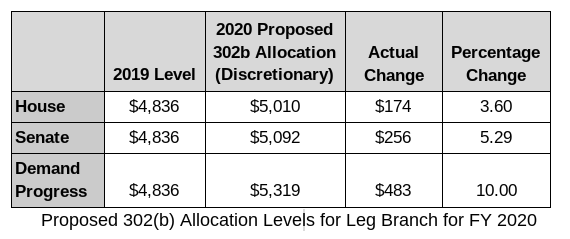PRE-RAMBLE
With impeachment and the election season heating up, I want to talk directly about this newsletter. We focus on building a strong, modern, resilient Congress and stay away from items that are merely partisan or about political advantage.
But questions arising from the operation of the legislative branch have become closely intertwined with the debate over impeachment and presidential electoral politics. I won’t pretend we don’t have an opinion about all that. But, in this space, we will work very hard to stay focused on strengthening Congress, even as some of what we recommend has definite political winners and losers.
If you think we cross a line, or there are items we have missed, let us know. Don’t forget to tell your friends to subscribe.
TOP LINE
The first public impeachment hearings are set for Wednesday and Friday in 1100 Longworth before the House Intel Committee. Some closed-door proceeding transcripts have been released; Just Security is compiled the public docs here. Rep. Jim Jordan has joined the committee, replacing Rep. Crawford, and brings along his Oversight Committee investigative counsel Steve Castor, who is now a shared employee and likely will be prominently featured as an interlocutor. It still appears Dems leadership wants to rush the proceedings and be done in the House by the end of the year.
Government funding runs out next week and senior appropriators will meet Tuesday at 5. It looks like there will be a short term CR through December, perhaps expiring just in time for the holiday season. 🙂 They also must reach agreement on the 302(b) allocations—we hope the House will accede to the Senate’s slightly higher Leg Branch number.
Continue reading “Forecast for November 11, 2019.”
